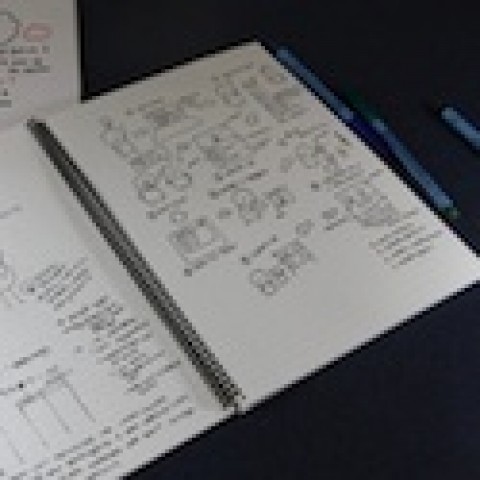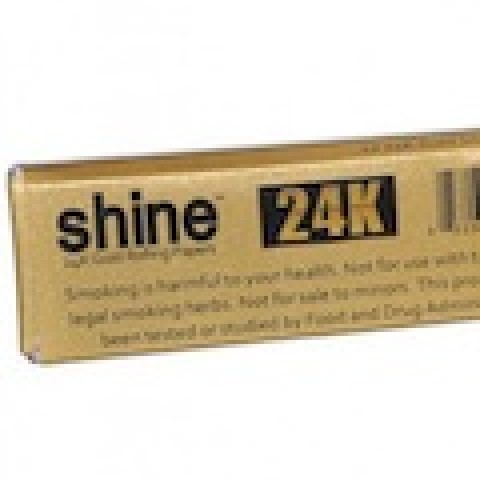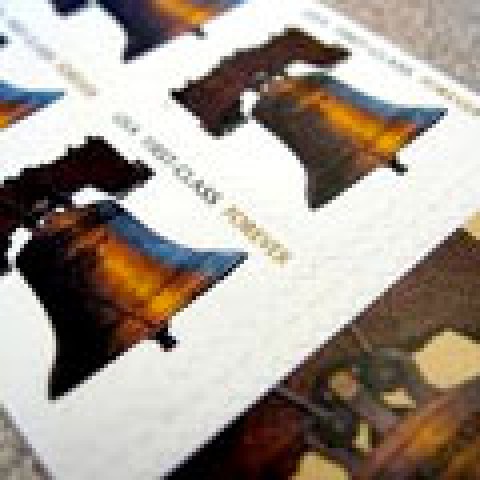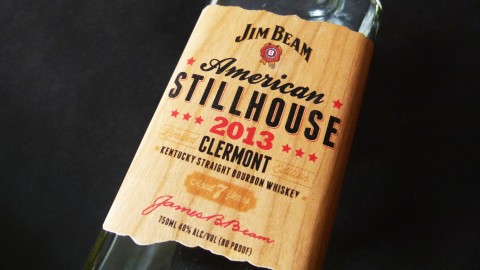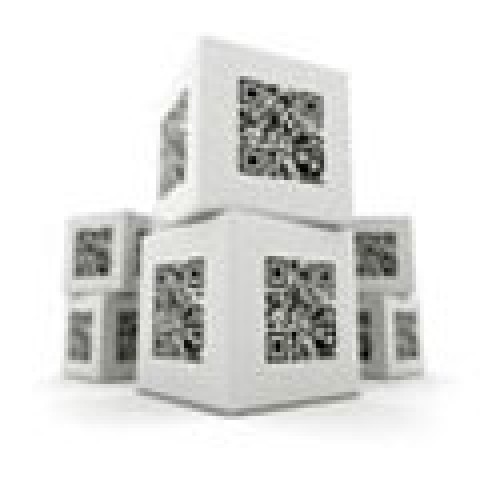The turnout for our recent webinar Texture: From Engraving to Thermography reflects the intense interest designers and clients have in using texture as a means of adding interest, creating that fine art feel, and increasing response rates on printed projects. Special thanks go out to Neenah Paper for sponsoring the event.

He not only explains the ins and outs of these processes, but talks about the wonderfully creative ways to use engraving and thermography and how to (or not) combine them with offset and letterpress printing.
The first lucky 100 PaperSpecs Pro members will receive a special gift from BurdgeCooper – the beautiful 4.25 x 5.5 eight-process handout that was created for this year’s HOW Conference. Please log in and select Mill Promotions.
Can you engrave on top of a process-printed piece?
Engraving on top of process printing is done every day, and it presents no problems at all. What to consider: Is the process-printed piece printed two-sides? If yes, and you’re using a lightweight stock, recognize that a ‘bruise’ on the backside of the engraved area needs to be accommodated for in the design of the opposing side of that image.
How is engraving different from gravure? Both are intaglio processes.
Gravure (short for “rotogravure”) is engraving done with cylinders holding curved “dies.” Rotogravure plates (or dies) can be run at extremely high speed since they mimic the lithography process (i.e. cylinders turning at high speed can apply more images than a single impression vertical press).
This is different than laser engraving correct?
Laser engraving is actually “not engraving” at all. That term was coined to express “laser cutting” or “laser etching” in a high-value way. Laser engraving uses no ink, no dies no presses. It’s an electro-mechanical process, which uses a laser beam to ‘etch’ an image into a solid surface most of the time, although exceptionally fine “laser diecutting” of papers is often also mis-named this way.
Is BurdgeCooper FSC Certified?
BurdgeCooper is no longer FSC certified as we found the outcome redundant (since our paper suppliers are all FSC certified). Having “gone green” in the late 80s, our concerns about environmental responsibility go far beyond simply “wood pulp papers,” and many FSC-certified papers have no recycled content. Ergo, they may be “certified” but “Not Green.”
Do you use heat when you burnish?
Heat is not used in engraving or burnishing. However, when you recognize that both impressions (engraving impressions are “inked” whereas burnishing impressions are “dry”) are made at 4000 p.s.i. (or two tons of pressure per square inch) the resulting friction and pressure for a burnishing impression do generate a slight amount of heat naturally (basic physics).
When duplexing paper, do you use water-based adhesives?
When duplexing papers, we learned that using a “label glue” is essential. Water-based adhesives create too many unwanted side effects on many types of paper stocks. For premium duplexing results, the adhesive must be applied uniformly across the entire surface of a stock, and this can lead to “discoloration” and/or “buckling” at times if using a water-based adhesive. We do, however, use a glue that emits no VOCs in its drying process.
Is engraving weather resistant to use for environmental art?
Engraving isn’t “weather resistant” in the classic sense. While it is used for wine labels and other items exposed to moisture and temperature variation, being a water-based opaque ink, it may be less desirable for environmental art than another process.
What is the difference between thermography and embossing?
Thermography and embossing have nothing in common. Thermography is essentially “offset printing” which is dusted with resin, then heated to create a raised image. Embossing is the use of a die and pressure to change the surface shape of a stock. Run on presses also used for letterpress printing, diecutting, scoring and foil stamping. Embossing requires a die, whereas offset printing and thermography require flexible plates. Underlying thermography is “ink,” whereas embossing can be done “blind” (no ink), or combined with offset printing, foil stamping or letterpress printing.
Did you say one color only, no process for engraving? What about the currency shown?
Yes, we said “one color only” no “process engraving.” The currency shown was produced using rotogravure. Imagine that process somewhat like offset printing. Each color of ink has its own cylinder, and multi-color gravure is run on huge presses with “sequential” impressions being made at high speeds (not all that different than a 6-color job on a huge offset press – each cylinder applying one color). Because commercial engraving typically applies only one color per impression and that impression dries almost instantly, there’s no way to produce “process color work.” Multiple colors require multiple “press runs,” each with its own die and ink color.
When should we use engraving vs. letterpress?
When thinking about “engraving vs. letterpress,” the considerations are: Do you want a ‘tactile’ printed impression (raised ink) or a “sunken ink” surface. Letterpress with extremely subtle pressure does not “recess” a printed image deeply, and the ink still is soaked “into” the stock. Engraving yields “solid, tangible images” directly on top of the surface of the paper.
Can you provide links to articles supporting the correlation between texture(d) printing and reader retention?
Searching the Internet, you can find many studies on “correlation of sensory images to retention.” Fundamentally, the human brain retains “more” of what it encounters when the message involves as many of the basic senses as possible (sight, touch, smell, hearing and taste). Most printing achieves only “sight impact.” Engraving adds simultaneous “touch” to the impression, heightening response and recall.
Can you print double sided with thermography?
“Double-sided thermography” is technically possible, but most wanting thermography are trying to reduce cost for “tactile printing.” Thus, it can cost less and be faster to “duplex” two thermographed stocks. The disadvantage to “re-heating” one side of an already thermographed image is the risk of melting, breaking down the image applied earlier. While the ink on one side would not be affected, the clear resin coating could melt, flatten out or “run” like a liquid before re-drying into an unacceptable image.
What is the average cost difference of using engraving vs. offset/digital?
There is no “average” cost difference between engraving and offset or digital. Each job can be so unique that no “generic” comparisons can be drawn. For example: a single-color job “black ink only” digitally printed should cost far less than offset (provided the quantity printed is reasonable to that process). Depending upon the “size” of that image and quantity needed, it may cost far less to run it on an offset press. Engraving a “black ink only” business card can be done “8-up” under ideal circumstances, making it cost less than you’d expect. To set up a digital job, essentially a file is RIP’d, stock is loaded and the job run. To set up a litho job, a file is converted direct to plate, ink has to be set up and the job is run. With engraving, a die is made, ink is set up and the job is run.
Conversely, a multi-color job can be produced in a digital color machine or on an offset press in a single run, whereas engraving requires a unique press run for each color (unless using rotogravure – where the curvilinear dies can cost as much as $10,000).
Consider that most of the ‘set up’ costs for these processes are what drives their cost. Digital, on the other hand, encounters “click charges” at a steeper rate than other types of printing. Litho, somewhat similar, begins to “win” as the quantity grows. Engraving has the highest “set up” costs, but it can amortize them quickly (i.e. here 250 engraved “black ink only” business cards cost $52).
What is the temperature in the thermography heat tunnel?
The temperature in a thermography heat tunnel can range from 900 degrees to 1300 degrees depending upon the size of a unit. The bigger the surface area which needs to be “cured,” the higher the heat. This temperature helps fuse the ink and resin as it swells. Later, heat exposure that can “flatten” thermography does not have to be nearly as high. In the case of desktop printers, as newer models get hotter and faster, they also feed paper around tighter ‘turn paths,’ so thermography which is heated “just enough” to reach melt temps (about 180 degrees) then “pressed” through tight rollers can break down quickly, smearing and/or coagulating on a drum (requiring a maintenance call to remove).
How is thermography so inexpensive, if you have to offset lithograph print it first, and then add the resin?
Thermography is inexpensive because the work is usually “gang printed” (even if all space is used to run a job in multiple positions on a single piece of stock). The resin and heat treatment applications are fully automated.
What are your favorite uncoated stocks to engrave on?
Favorite uncoated stocks to engrave on include: most writing papers, cover stocks and specialty papers, which do not have excessively textured finishes. Engraving is run on all types of stock.
Which process is first when combining offset and engraving or thermo?
When combining offset and engraving or thermo, offset is typically done first to ensure the stock is uniformly “smooth” during that process.
They have special laser printer inks for thermography, right?
No special laser printer inks for thermography are used. Instead, the resin is cured by UV treatment, yielding a “plastic finish,” which resists re-melting at any temperature. UV-cured thermography tends to have a “duller,” less glossy finish than simple “heat-cured” thermography, but the end result is a product that cannot be recycled at all.
How does pricing for engraving compare with letterpress printing?
Pricing for engraving and letterpress printing are similar for single color work. Actually, a letterpress die can cost more than a typical engraving die (depending upon the durability of die needed), but both process run on “direct impression” equipment (i.e. neither is run on a press with high speed cylinders like offset). Each press runs one color of ink at a time.
What is best really heavy stock for business cards?
There actually is “no best heavy stock” for business cards. Some feel a 132 lb. “kid finish” is the ultimate; but today, so many business cards use “duplexed” stock, you can create a card of any thickness. One recent job was three layers of duplexing with a 172 lb. stock in the middle, yielding a card incredibly thick (and the center stock was edge colored before duplexing, to yield a truly unique result).
Do you have to use an ink for engraving? Can it just be done with the paper?
Engraving does require an ink. Otherwise, it would simply be a “less than ideal” technique for embossing. Because ink is what yields the final result of engraving, without any, the end result would likely be far too subtle for practical use.
Is there a maximum solid area that is recommended for engraving?
The “maximum area” recommended for engraving is about .75 inch to 1.0 inch square depending upon the image. How this is achieved varies from job to job. What might appear to be a “large engraved image” can actually require multiple processes and double impressions on an engraving press. Costly? Yes, but it yields images no other combination can achieve.
Do you use heat on your engraving presses?
No heat is used in the engraving process. Some shops use heat immediately after engraving to speed ink drying as work moves along automated belts, some use small fans, and some use a combination of both, but engraving dries very quickly in most applications. There are jobs, as noted above, where ink coverage is quite dense, and these sheets are laid out to air dry in racks.
Do you think engraving can be used to create tactile material for blind people?
Engraving has been used to create tactile material for the blind. Whereas Braille is embossed dots, engraving can yield line art and tactile images better than dot patterns. Engraved “art” can be used to convey an image instead of embossing, but depending upon whether an image is to be viable for both vision-impaired and sighted viewers, ink may not add unique value for a piece which is designed for use where touch is the only sensory method.
Can you continue traditional litho with thermo? And if so, when setting up files would you run the litho first, then the thermo?
Litho and thermo finish can be combined, but to do that requires: running a litho image first, then ensuring that ink is 100 percent dry BEFORE offset printing the second run that will be thermographed. Note: thermography devices cannot apply spot resin, but instead coat printed sheets completely. Excess resin is vacuumed off before heating, and the resin adheres ONLY to moist inks.
Can you run a job through thermography and then print again on top of the raised area?
You do not want to run a thermographed image first on a sheet that is later to be over-printed. Why? Once thermography is applied, that stock now has a highly uneven surface to which most processes cannot be consistently applied.
Do you get any hardcopy proofs with either of these techniques to ensure that it matches the original file?
Hardcopy (or press) proofs of engraving and thermography can be provided. Bear in mind, the entire job must be set up and run in a micro quantity, so hardcopy proofs can be costly (depending upon your design). Where difficult, close-registration and unusual color work is engraved, we often insist upon testing prior to committing to production. Results of those tests are given to customers because we want them to see the outcome before large quantities are produced. It’s also wise to see the stock results when using a truly unique paper for the first time. If a customer requests engraved press proofs, which would not otherwise be needed, the cost is passed along.
Is thermography more expensive than straight lithography?
Yes, thermography is a bit more expensive than straight lithography simply because you are adding “one more step” to the manufacturing process, adding the use of resin and more energy is consumed.
So the only major difference between letterpress and engraving is the inks?
The major difference between letterpress printing and engraving is “surface tactile” results. Letterpress inks are “absorbed” directly into a stock as the image is pressed into the paper. Engraving inks (much thicker) are forced into the stock, but the majority of the ink remains directly on top of the stock. Therefore you can feel engraving ink, but not letterpress ink (only the debossed surface into which ink was applied).
BurdgeCooper – can you print (engraving) with glow-in-the-dark ink at your Atlanta location?
Actually, we can print glow-in-the-dark white engraving ink (and I believe we are the only engraver offering this). Holding a job that ran in 1994, I can tell you the ink still reacts perfectly after 17 years. While intended for use as both an overt and covert security feature, this ink can be used for novelty applications. Please note: this color of white is not a pure brilliant white owing to the additives required. It does, however, cover dark stocks just like other light-colored engraving inks.
Are there any other plate materials that are recommended for specific purposes?
Various plate materials are used for engraving depending upon many factors. “Copper” is prized for ability to hold uniquely fine detail, but it’s a soft metal. Often, copper has to be hardened by finishing it with chrome, a process not done in-house due to California environmental rules. Zinc recycles beautifully, but it is not suitable for very long runs, so chromed copper is used for those.
When you think about the etching process, consider: too soft a metal has a tendency to cave, and it can more easily be over-pressured on a press (spoiling a die) unlike offset, where the longer an image is exposed to a plate the darker the result; with engraving, the longer an image is exposed, the deeper the etch becomes (resulting in an ever-finer end result). It’s exactly the opposite result.
Metals have unique etching properties as well, so the choice of die metal is often driven by the design of a particular job.
What is the thickest line you would recommend engraving?
The thickest line that engraves without any special treatment is a 1-point weight. Up to 2-point weights will work depending upon the ink and substrate, but it’s best to plan for “smaller than 2-point line weight” to ensure desirable results.
Don, will you be opening a plant in Minneapolis?
We don’t have any plans at present to open a plant in Minneapolis, but who knows what the future holds? Since 1996 we’ve acquired numerous competitors, and we’re always open to offers :>)
Many local thermographers have never heard of clear ink. How can I point them to this kid of specialty ink?
The reason local thermographers have never heard of “clear ink” is because there isn’t any. “Clear thermography” is accomplished by printing a varnish (aqueous is best) to create a “clear” moist surface to which resin can adhere. Note: “clear” varnish still has a slight yellowish tinge, so this technique works best on dark stocks (which also maximize the visual contrast).
To run business cards 4-up or 8-up, vs. making a smaller plate and doing a longer run?
Engraving business cards 4-up or 8-up vs. making a smaller plate and doing a longer run is simply a matter of economics. The more images you can achieve in a single impression, the faster the set-up cost of that job is amortized across the total quantity of orders. Where you might think four names or eight names run on the same stock with the same ink are the only application, actually you can run one name in all positions to produce a job exponentially faster.
The first lucky 100 PaperSpecs Pro members will receive a special gift from BurdgeCooper – the beautiful 4.25 x 5.5 eight-process handout that was created for this year’s HOW Conference. Please log in and select Mill Promotions.
 |
To listen …If you missed “Texture: From Engraving to Thermography,” it’s not too late! Just click here to listen to the full webinar. |


